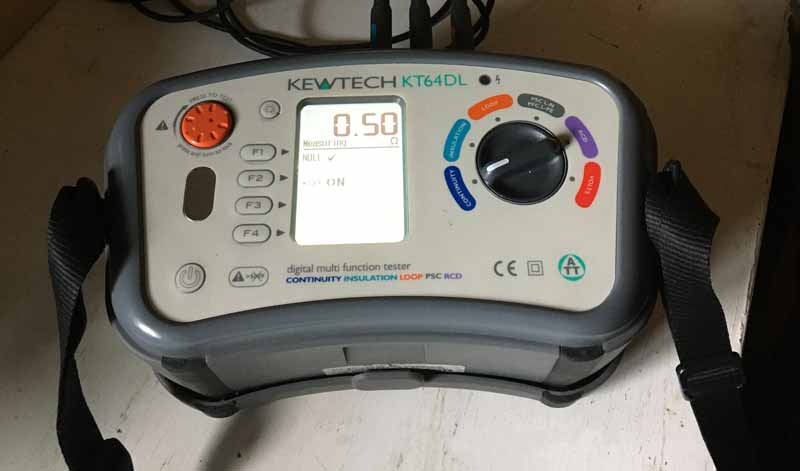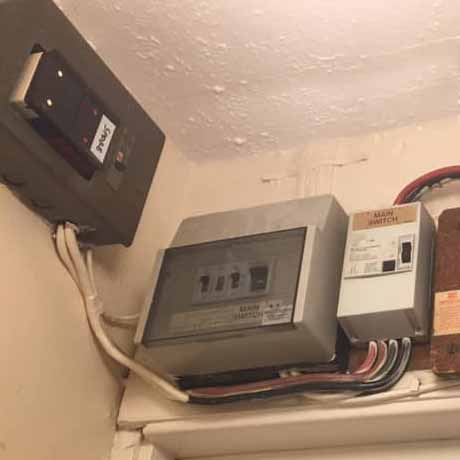All electrical installations deteriorate over time. And need to be inspected and tested at regular intervals to check whether they remain safe for continued use.
All electrical installations deteriorate over time. And need to be inspected and tested at regular intervals to check whether they remain safe for continued use.
But electric cables are usually hidden inside the fabric of a building while fuse boards are often tucked away in cupboards. Unsurprisingly, they are often overlooked and left unchecked for damage, misuse or wear and tear.
This is a mistake, with potentially serious consequences. Old, or faulty, wiring is one of the main causes of electrical fires in buildings. But you can reduce the risk by having the condition of your cables, switches, sockets and other accessories checked at regular intervals. Think of it as like an MOT for your car.
So, business owners are advised to call in a registered electrician to undertake periodic inspections of their premises at regular intervals as defined in the IET Wiring Regulations (typically around 5-7 years). The inspection will:
At the end of the inspection, we will produce an electrical installation condition report (EICR) which records the results of the inspection, finds any parts of the electrical installation that do not meet the current IET Wiring Regulations and identifies any work needed to make the installation safe and compliant with the Regulations.
The report provides an important record of the installation at the time of the inspection and can be used as a baseline for future inspections.
We normally recommend the full inspection to our customers as it provides complete peace of mind that the installation has been tested and is safe to use. But we can carry out a simpler visual condition report, if preferred, provided the installation has been inspected and tested within the last five years.
Ensure you stay safe.
Contact us to discuss your electrical installation inspection needs.

Your electrics should be inspected and tested as a minimum every:
Electrics should also be inspected when a property is being prepared for letting or before buying/selling a property.
If you’re unsure about the age of the wiring in your premises, these indicators will help:
But, whatever the age of your electrical installation, accidental damage can occur along with inevitable wear and tear.

Unit 2 Greenman Yard, Boreham Street, Hailsham,
East Sussex
BN27 4SF
Office Hours:
Mon–Fri 09:00–15:00
Call 01323 760303
or send us an email
Proprietor: C Beeney
Vat No. 833 6563 17